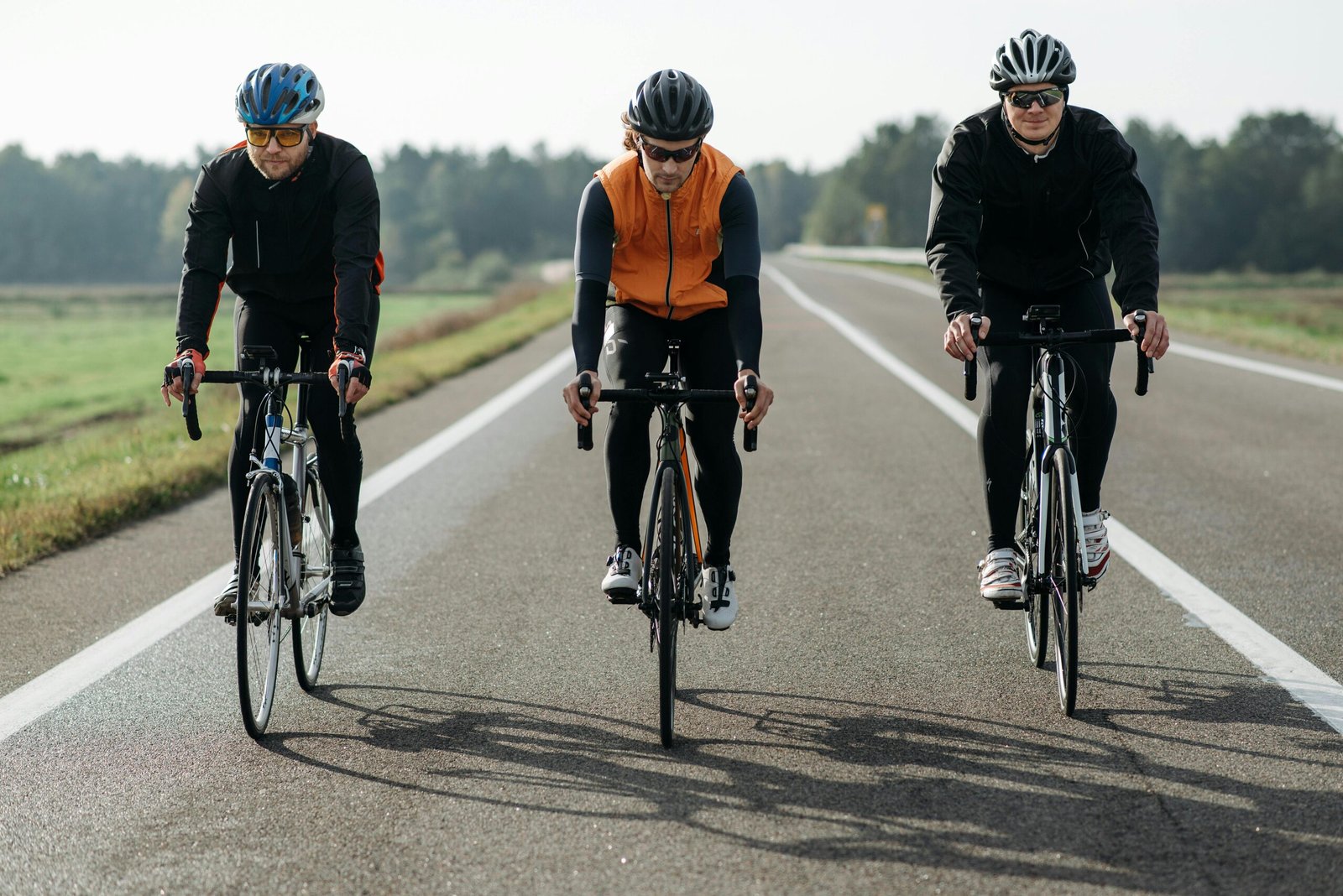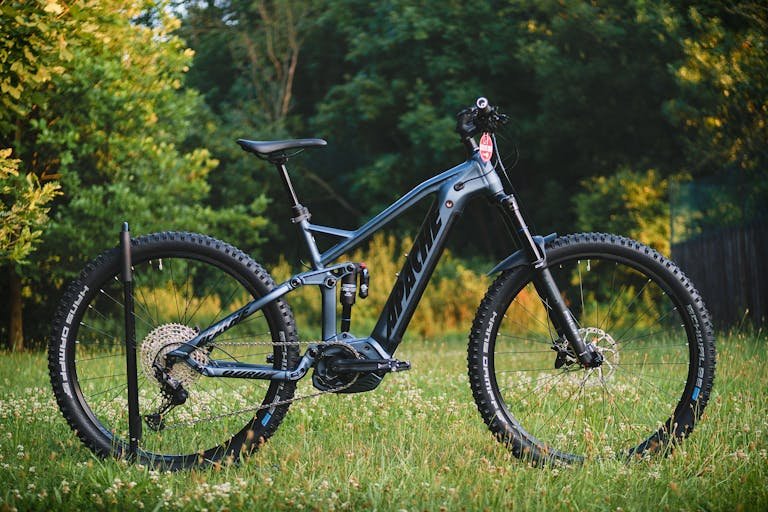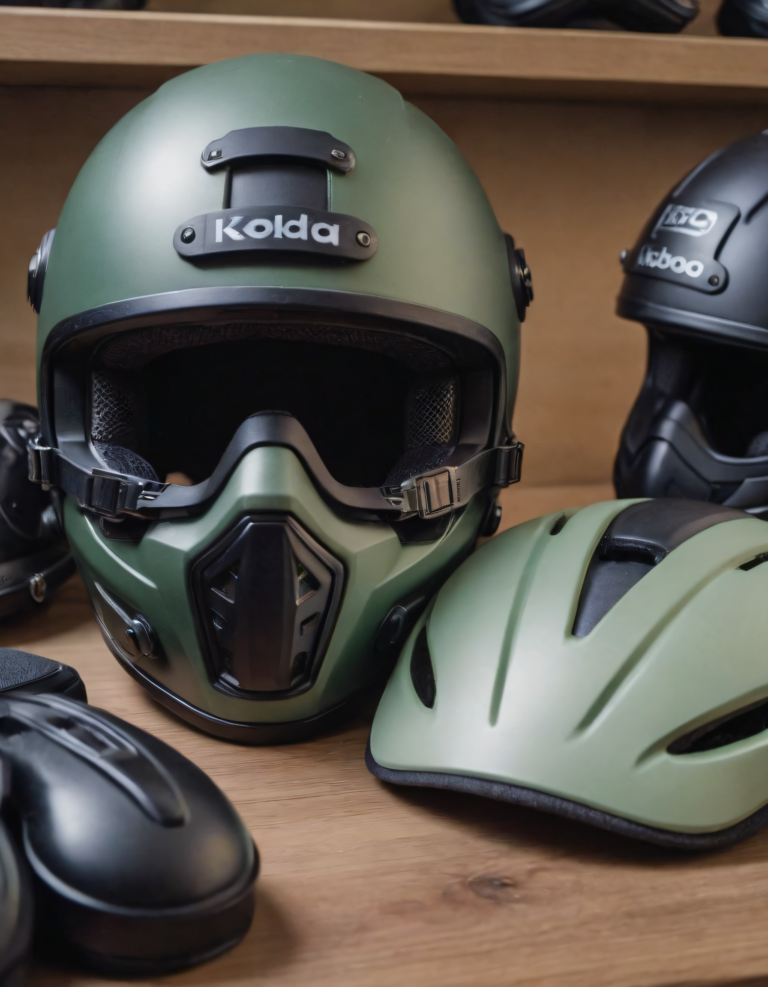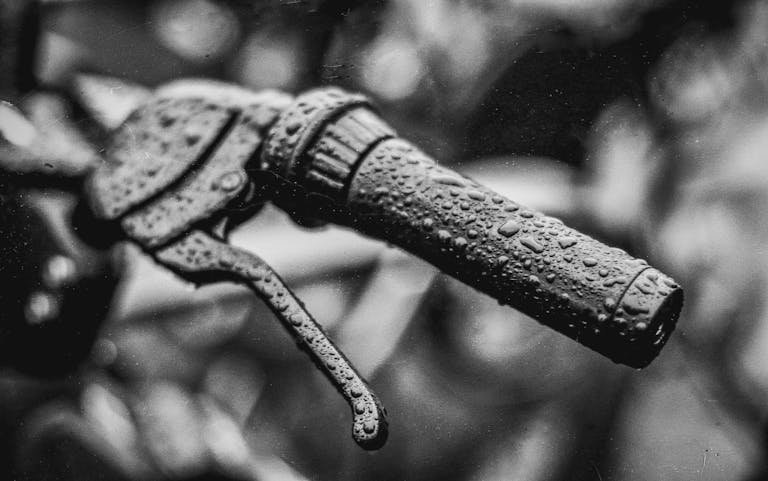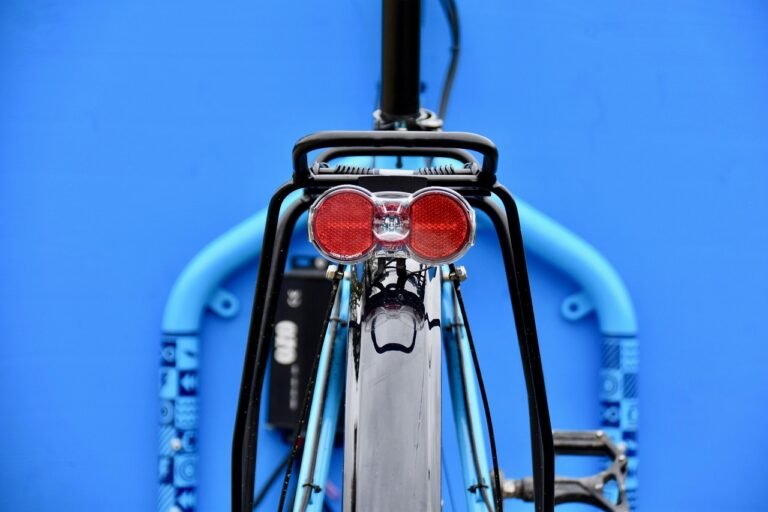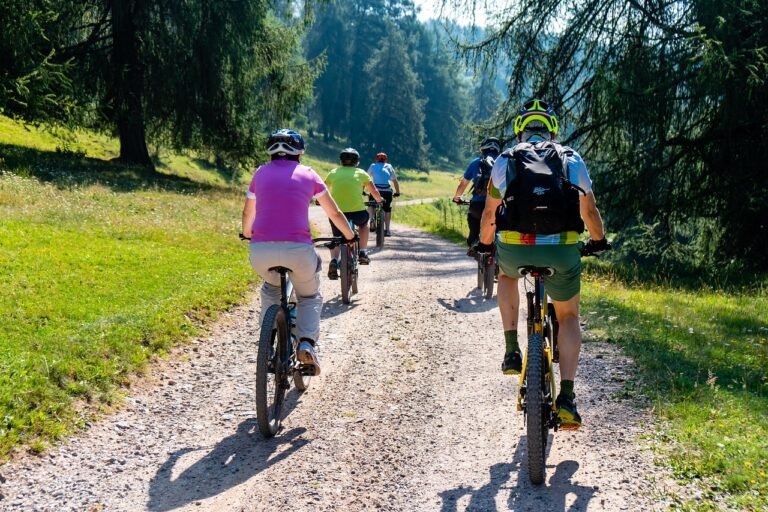How to Build Cycling Endurance After 50: Expert Tips for 2025
How to Build Cycling Endurance After 50
Cycling endurance is the key to riding longer, stronger, and feeling amazing on the road. For cyclists over 50, improving stamina isn’t just about speed—it’s about boosting cardio health, maintaining muscle strength, and making sure you can enjoy cycling for years to come.
However, as we age, our bodies naturally slow down in areas like recovery, muscle growth, and oxygen efficiency. But don’t worry—you can still build serious endurance with smart training, proper nutrition, and the right recovery strategies. Let’s jump into the ultimate guide on how to build cycling endurance after 50 and keep dominating those long rides.
Understanding Endurance for Older Cyclists
Cyclists over 50 face unique endurance challenges compared to younger riders. As we age, muscle mass declines, recovery times increase, and cardiovascular efficiency slightly decreases. That means endurance training needs to be approached with a mix of patience, consistency, and smart recovery methods.
Muscle fatigue also sets in faster, making long-distance rides more challenging if you’re not actively training for endurance. But with the right strategies, interval sessions, and cross-training—you can counteract these effects and even improve your stamina well into your later years.
Effective Training Strategies for Building Cycling Endurance
I’ve found the best way to increase cycling endurance after 50 is through structured training that focuses on gradual progress and consistency. Let’s break down the key methods to keep you riding longer and stronger.
Gradual Progression & Consistency
One of the biggest mistakes older cyclists make is pushing too hard, too fast. Endurance builds over time, so adopting progressive overload—gradually increasing mileage, intensity, and ride duration—is essential. Small, consistent improvements lead to long-term stamina gains without the risk of over-training.
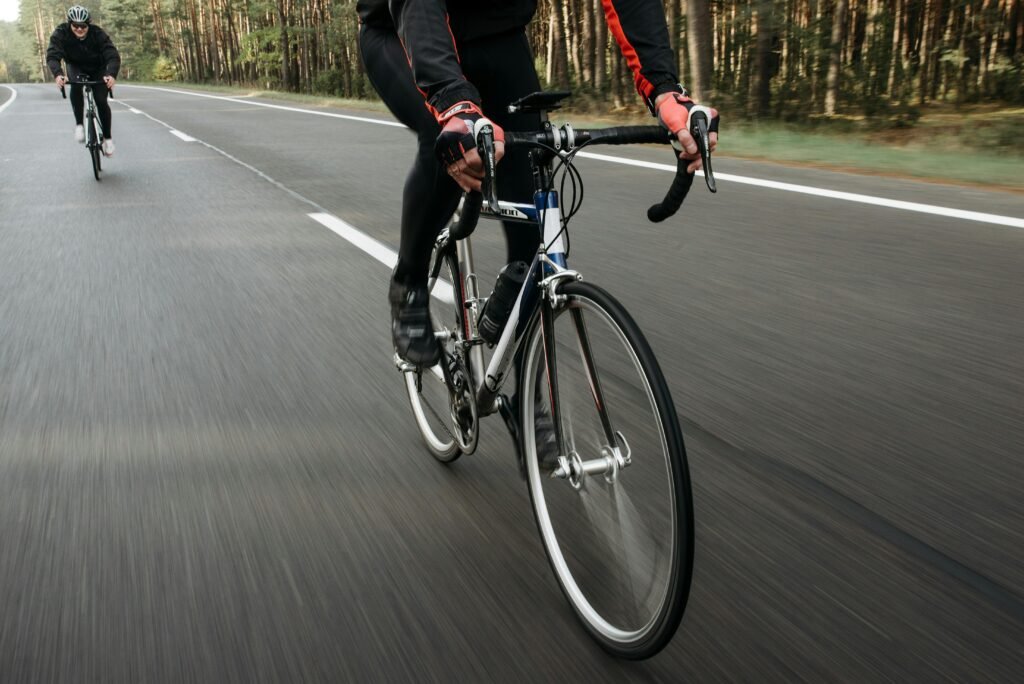
Long, Slow Distance (LSD) Rides
LSD rides are an endurance cyclist’s secret weapon. These long, steady rides at a moderate pace teach your body to use oxygen more efficiently, improving cardio fitness and muscle endurance.
To maximize LSD rides:
- Aim for at least 60-90 minutes at a comfortable pace where you can still hold a conversation.
- Gradually extend your ride length as stamina improves.
- Maintain a heart rate at about 60-70% of your max for optimal endurance adaptation.
- Smartwatches work well here.
Interval Training for Older Cyclists
Short bursts of intensity followed by recovery periods can do wonders for improving endurance and cardiovascular efficiency. However, older cyclists should carefully balance intensity to avoid injury or excess strain. The key here is not to over do it when starting out.
- Start with moderate intervals: Try 30-second sprints followed by 90 seconds of easy pedaling.
- Work up to longer efforts: Gradually incorporate 1- to 2-minute higher-intensity bursts.
- Limit high-intensity days to 1-2 times per week to allow for proper recovery.
Cross-Training Benefits
Incorporating off-the-bike workouts can significantly enhance cycling endurance. Strength training, yoga, and flexibility exercises reduce the risk of injury and boost overall stamina.
- Strength Training: Focus on core, leg, and stabilizer muscles to improve endurance and efficiency.
- Yoga & Flexibility Work: Helps keep muscles supple, preventing stiffness and improving recovery.
- Swimming or Hiking: Provides low-impact cardio that builds endurance without straining joints.

Nutrition and Hydration for Cycling Endurance Over 50
Fueling your body properly is just as important as training. Without adequate nutrition and hydration, endurance efforts suffer, and recovery takes longer.
Balancing Your Nutrient Intake
Your body needs the right balance of carbohydrates, proteins, and fats to sustain long rides.
- Carbs: Your primary fuel source—consume whole grains, fruits, and slow-digesting carbs.
- Protein: Helps muscle repair and recovery. Include lean meats, fish, eggs, and plant proteins.
- Healthy Fats: Essential for long-term energy—avocados, nuts, and olive oil are great options.
Importance of Hydration & Electrolyte Balance
Dehydration leads to fatigue and muscle cramps, negatively affecting endurance performance.
- Drink water consistently throughout the ride to prevent energy dips.
- Electrolytes (sodium, potassium, magnesium) help maintain proper muscle function, so consider electrolyte drinks on long rides.
Supplements for Endurance and Recovery
Some supplements help cyclists over 50 maintain peak endurance:
- Omega-3s: Reduce inflammation and support joint health.
- Protein Powder: Helps with muscle recovery after long rides.
Recovery and Injury Prevention
As you get older, recovery becomes just as critical as training. Neglecting recovery can lead to overuse injuries and burnout. Avoid back-to-back intense rides—your body needs time to adapt.
- Take at least one full rest day per week to allow muscle rebuilding.
- Use active recovery sessions (easy-paced rides or light walks) to promote circulation.
Stretching and Mobility for Injury Prevention
A strong, flexible body resists injury and enhances cycling endurance.
- Dynamic stretching before rides prevents stiffness.
- Post-ride stretching and foam rolling aids in muscle recovery.
The Role of Sleep in Cycling Endurance Training
Sleep is when real recovery happens.
- Aim for at least 7-9 hours of quality sleep for optimal muscle repair.
- Lack of sleep reduces endurance performance and increases the risk of injury.
Best Bikes and Gear for Cycling Endurance After 50
Your cycling setup plays a big role in endurance. The right bike and gear can go a long way and make long rides more comfortable and efficient.
I’ve covered bike fitting in another article if your looking for more information on that topic try here.
Key Features in an Endurance Bike
- Lightweight Frame: Helps reduce fatigue over long distances.
- Comfortable Geometry: More upright position reduces strain on the back, neck, and wrists.
- Expanded Gearing: Allows easier pedaling on climbs, reducing strain on aging joints.
Recommended Apparel for Long Rides
- Padded cycling shorts for comfort on extended rides.
- Moisture-wicking jerseys to keep you cool and dry.
- Proper cycling shoes for efficient pedal strokes.

Must-Have Cycling Gadgets (2025 Models)
- Advanced GPS cycling computers to track endurance progress.
- Heart rate monitors to ensure optimal training intensity. There are many to choose from but Garmin HRM-Fit has great reviews and is reasonably priced.
- Recovery wearables that monitor sleep and stress levels.
Mental Strategies for Long-Distance Cycling Success
Cycling endurance is just as much a mental game as a physical one.
Building Mental Resilience
- Try Breaking long rides up into smaller segments to stay motivated.
- Practice mindfulness on the bike to stay present and avoid mental fatigue.
Overcoming Motivation Challenges
- Set realistic goals to keep progress steady and rewarding.
- Find a cycling group or partner for accountability and fun.
Sample Weekly Training Plan for Endurance Build-Up
Beginner Plan
- 2-3 short rides (30-45 min)
- 1 long ride (60-90 min)
- 1 strength or cross-training session
Intermediate Plan
- 3-4 rides per week (some intervals included)
- 1 long ride (2-3 hours)
- 1 mobility or strength session
Advanced Plan
- 4-5 rides per week
- 1 endurance-focused long ride (3+ hours)
- Include hill climbs and interval days
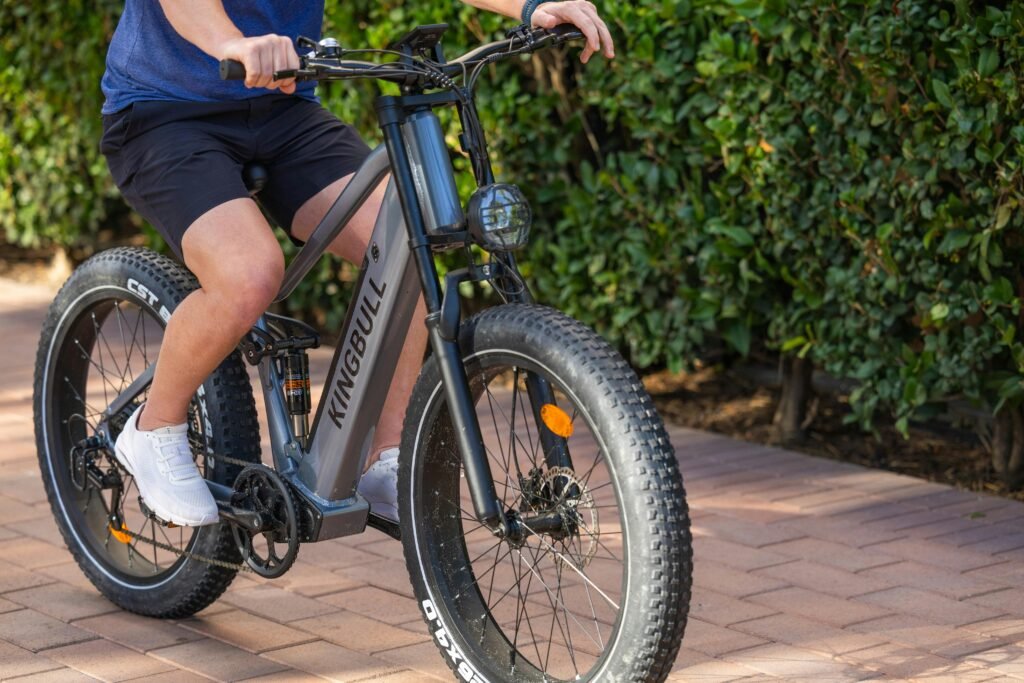
Wrapping Up
Building cycling endurance after 50 is absolutely possible with the right training, nutrition, and recovery plan. Stay consistent, listen to your body, and enjoy the process. Endurance isn’t built overnight, but with patience and dedication, you’ll keep getting stronger and crushing those long rides. Keep pedaling, and ride strong! 🚴♂️

